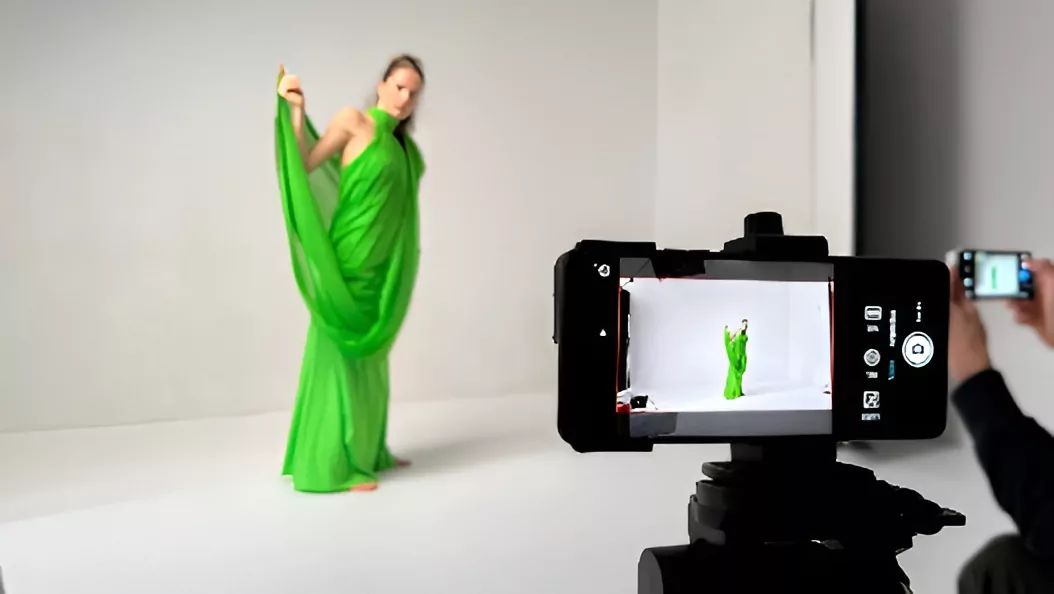– Advertisement –
A new smartphone sensor is set to make blurry photos a thing of the past
Cameras in smartphones are getting better, sharper, faster and now also smarter. More and more are using machine learning and AI to create images that were previously only possible with advanced knowledge of photography and image processing.
Today, it’s practically at the touch of a button.
Now Qualcomm and the French company “Prophesee” have presented a new technology that could take mobile photography to a new level.
The promise: Never again blurred photos.
How the new camera sensor works
The T-Rex of camera sensors: Unlike conventional camera sensors, which capture images continuously, the Prophesee sensor only captures changes in the scene.
The new sensor only “sees” when something is moving. Static elements are invisible to the sensor. This works by each individual pixel independently triggering “events” when the brightness value at a location changes – which is the case with movement.
Prophesee calls the technology “Neuromorphic Sensing”. The feature is marketed as “Metavision”.
In contrast to normal camera sensors, this one does not record images, but changes.
It can be installed alongside the main cameras in current smartphones with powerful Qualcomm processors. Because the sensor does not continuously record images, it is particularly energy-efficient.
The latest one called “Gen X 320”, for example, only consumes between 36 microwatts and 3 milliwatts.
The technology required for this sensor was developed by Prophesee in collaboration with Qualcomm and Sony.
How does it ensure sharp photos?
Because the sensor only records changes, it can collect image information extremely quickly
To put this into context: To a conventional camera, that would be roughly the equivalent of a 10,000 FPS shot.
Conventional image sensors require a lot of light for such fast image capture in order to produce low-noise images. The Prophesee sensor is much more flexible in this respect and can capture its information even in low light conditions.
When taking photos, the data from this sensor can be combined with that from the main camera (with AI, of course) to eliminate motion blur.
When will the first cell phones with this sensor be available?
The results presented in the video above were already taken with a smartphone with “Metavison”. Which smartphone is actually being used or whether it is one that has not yet been released is not revealed. However, there are pictures that show the phone – but only from the front.

Aside from cell phones, such sensors can also be used in AR/VR glasses, robots, in medicine, smart home devices and many other areas of application
Prophesee now has three Metavision sensors in its portfolio that are available to manufacturers. One of these is the Sony IMX636, which is also intended for smartphones. It is not yet known when a cell phone with this or a similar sensor will be released
Also interesting is an innovation in Honor smartphones: Reminiscent of telekinesis: The Honor Magic 6 Pro can be partially controlled using only the eyes
What do you think of this technology? Would you want a cell phone with such a sensor? Or are you perhaps hoping for such technology for classic system cameras? Are there other features and functions that you think could be improved in smartphones? Let us know in the comments below:
